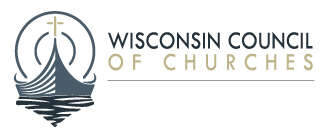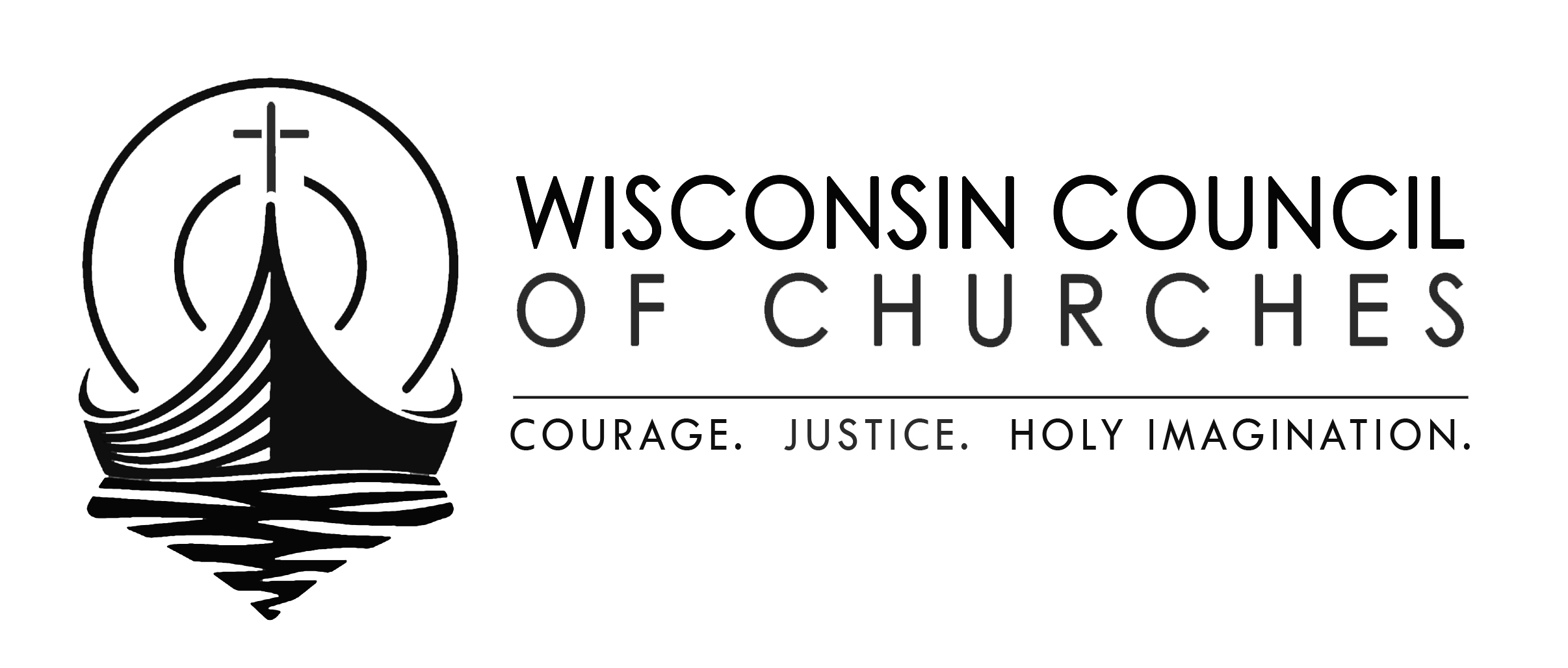RETURNING TO OUR HOUSES OF WORSHIP
An interfaith guide
RESETTING OUR EXPECTATIONS
- The medical/public health consensus is that the duration of the pandemic is long-term. We need to prepare for adapting our way of life, and our everyday practices for a year or more, not a few weeks.
- Everyone will be impacted. What are the tools of your faith that will help people be spiritually resilient?
FUNDAMENTAL PRINCIPLES
- The virus is very contagious and high percentage of us are still susceptible.
- The virus is very dangerous, especially to older people and people with underlying medical conditions. This is over HALF of the population in Wisconsin. Moreover, no age group or health level is immune from either the infection or the risk of complications or death.
- This virus is contagious before people develop symptoms, and in some cases, in people who never develop symptoms.
- There are 2 things we can do to prevent the spread:
- Be vaccinated, but it will take a long time to identify, test, and manufacture enough doses. Then we have to vaccinate many people. At the earliest, that is a year away; probably longer.
- The only other effective strategy we have is physical distancing. We will have to use some form of physical distancing until we have a vaccine being widely used.
- The most solid reopening plans have this in common: a shift from physical distancing of everyone, to physical distancing of those who are ill, and those who have been in contact with those who are ill. This more targeted approach to physical distancing will require:
- Massive amounts of testing, so that all people with even only minimal symptoms get tested
- Rapid isolation of every person who tests positive
- Careful case investigation and contact tracing
- Rapid quarantine of those who have been exposed to anyone testing positive
- Maintain a higher level of physical distancing for people at high risk
- General precautions (masks, handwashing, 6 ft) for everyone else (because asymptomatic spread will continue to some extent)
- The context of all our choices will be RISK MITIGATION – balancing risk and benefit.
- How can we help our people understand?
- Communicate realistic guidance that helps people anticipate what to expect
- Strong messages about the importance of being tested and staying home if not feeling well
- Faith messages about how we are called to be in relation to each other
WHICH GUIDANCE TO FOLLOW?
At any time, the most strict of these rules on public gatherings and safety practices will take precedence:
- Federal
- State
- Local (County or City)
- Faith Authorities (local or regional religious leaders)
RETURNING TO OUR HOUSES OF WORSHIP
Safer at Home
- Record/Transmit from home if possible
- Community Services – safety precautions
- Business functions limited
- No more than 9 people gathered, 6 feet apart, wearing masks.
Phase One
- Record/transmit from home or sanctuary
- Building users – small groups 10 or less
- Continue with anything you can do remotely
- No more than 10 people gathered, 6 feet apart, wearing masks
Phase Two
- Biggest Changes for most of us – up to 50 people allowed to gather. 6 foot distancing. Masks.
- What can you sustain? Multiple services? How will you meet the needs of those who must stay away?
- Create a policy/procedure with your leadership team in advance, and follow it. Communicate to the people of your faith community thoroughly so they understand new practices.
- Very important to have a plan for cleaning and disinfection, especially high-touch surfaces
- Higher risk behaviors: sharing food & beverage, singing & wind instruments, multiple people touching/kissing sacred objects, touching one another, passing objects among worshipers, using objects someone has used earlier in the day, moving around the room, group speaking/chanting (especially at high volume).
- Possible to more regularly staff the office.
Phase Three
- Gathering sizes unlimited, but don’t forget people who must stay away. 6 foot distancing no longer required.
- Routine nursing home visits, hospital visits may still be limited.
- Be aware of the possibility we might move back and forth in phases.
After
- Generational event with long range psychological impacts
- Accelerate cultural/religious trends
- 24/7 society, multi-platform, not always geographic
- Flexibility and adaptability
SOME THOUGHTS ON RISK MITIGATION
- Speaking/Singing/Wind Instruments: Compared to just breathing (which does produce a certain level of aerosols), talking produces about 10x more aerosols, and singing about 60x more. Wind instruments also generate aerosols; a 2011 paper suggested that a vuvuzela might create 100x the aerosols of just breathing. Cloth face masks are important general protection, but should not be relied upon to be protective in the case of singing. Our sources strongly recommend against singing indoors in public until a vaccine is widely available and widely used. For similar reasons, the use of wind instruments should also be avoided. The best ways of mitigating these risks are to use other kinds of instruments (piano, string instruments) or recordings. Those who present a message to the gathered group should be careful to allow extra distance, and use amplification so droplets do not reach the people. Microphones should not be shared by multiple speakers.
- Faith Traditions Involving Serving Food & Eating Together: There is no safe way to have a tradition around shared eating in public space until there is a vaccine. If there is a way to adapt it so each household brings their own food and dishes/utensils, that would mitigate some of the risk. If it is possible to have these “Bring Your Own” meals in smaller groups, where the same small group gathers each time, this would be even better. The most effective protection would be to have these gatherings remotely using videoconferencing technology if your beliefs allow.
- Traditions involving touch/laying on of hands: Risk management involves minimizing the number of people present, the number of people involved in the ritual, and excellent hand hygiene on the part of the officiant. Gloves are generally not more protective for the general population than good hand hygiene, and may be more risky by creating a false sense of security. The officiant should wash hands well immediately before the ceremony, and immediately after the ceremony. Ideally, have only the immediate participants and/or immediate family present. Provide for remote/video participation by the rest of the community if that’s important.
- Traditions involving movement of items or people: Ideally, once people are seated in the room (ushers can assist in orderly seating, front to back), they will not move around the sanctuary. They should be dismissed in an orderly fashion back to front, to minimize people passing by one another. It would be ideal to minimize the touching of such objects to officiants or worship leaders only. If it is essential for people to encounter sacred items close-up, if it is possible to adapt the ritual so people pass by items as they come into the space or exit the space, rather than having people or items move mid-service, that would be safer.
This document was developed by Wisconsin Council of Churches and Interfaith Conference of Greater Milwaukee staff with input from religious leaders, musicians, and public health experts. This is not a formal policy statement. We recommend that you consult your religious authorities for final guidance. Released 05/27/2020.
Download this resource as a PDF document
Have you appreciated or benefited from our crisis response ministry with respect to the coronavirus? Please share a word of testimony, or make a donation to sustain this work, which is helping clergy and churches here in Wisconsin, and across the nation.


2 Comments
Comments are closed.